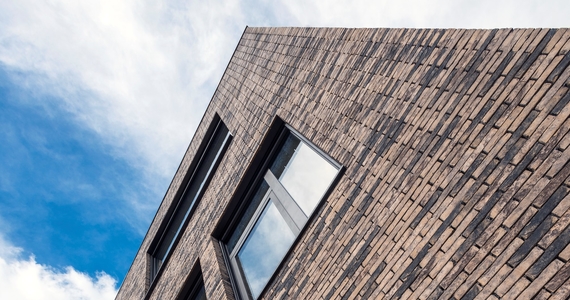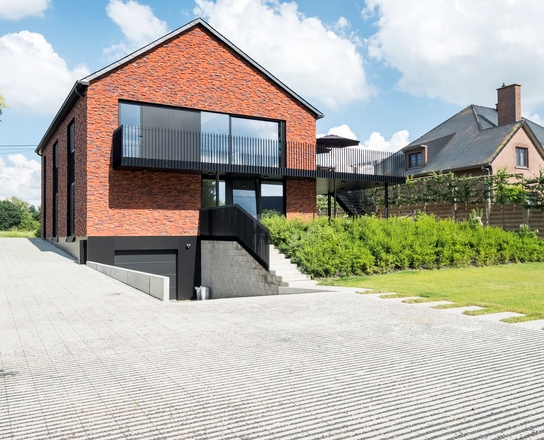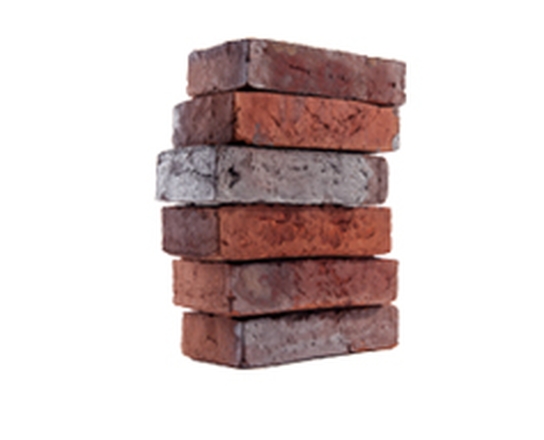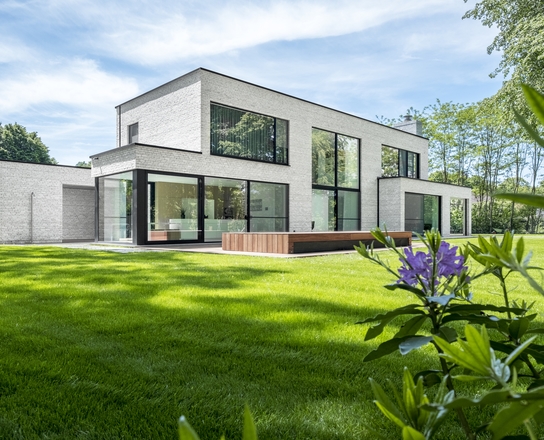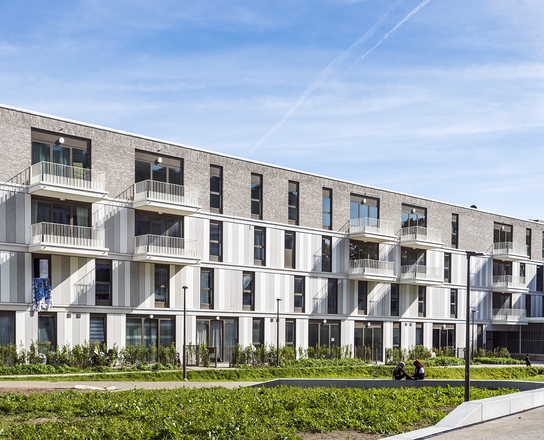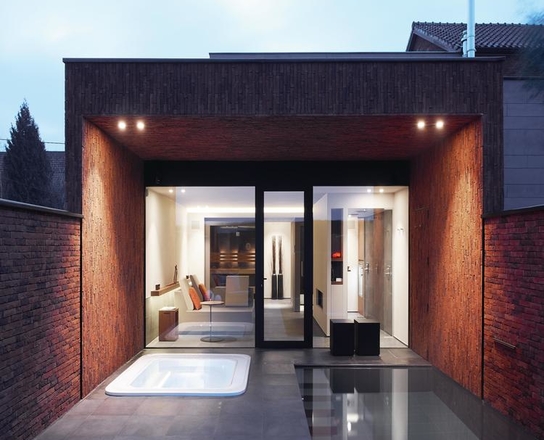Bonding bricks
For the sleekest look possible, customers are increasingly opting for joint-free brickwork. To keep the joint as thin as possible, you can use adhesive to lay your bricks, rather than mortar.
Bonding with and without frog
Every brick in our range can be bonded, both the bricks with frog and those without.
To bond bricks, you can apply a single or double bead of adhesive to the brick. Without frog, bonding is slightly easier thanks to the large adhesive area. The bead of adhesive is applied in such a way that once the brick is laid in place, it is no longer visible in the facade surface.
When bonding bricks with frog, the bead of adhesive needs to be placed next to the frog. Bonding in the frog itself is also possible, but the amount of adhesive that you use will be considerably higher.
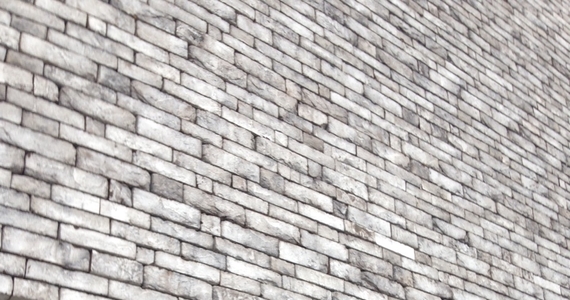
The joint width
When laying bricks with traditional mortar, you typically have a joint of 10 to 12 mm. When bonding bricks, the traditional mortar is replaced by an adhesive mortar that is sprayed onto the surface of the brick with a pump or spraying bag. The properties of the adhesive mortar mean that the joint can be narrowed to just 4 mm (approx.).
The effective joint width is determined by the combination of our advised joint width (3 to 6 mm) and the pre-determined layer dimension.
To determine the layer dimension, we recommend stacking a trial wall on a flat sheet or beam. This wall should be around 1 metre wide and 10 bricks high. We also recommend bonding a trial wall with the chosen joint width. Using this, you can then approve the joint width and have a reference framework to work from.
Brickwork patterns
The only drawback of bonding standard-sized bricks is that when opting for a stretcher bond (2 headers + 12 mm joint = stretcher), the pattern of the brickwork will not work with a joint of 4 to 5 mm. The first brick (stretcher) in a layer will need to be shortened slightly to be able to continue to bond in a stretcher bond.
As such, bonding with adhesive is typically used with random bonds, where the contractor does not need to worry about vertical alignment of the chosen brickwork pattern.
For more detailed information, please consult our processing recommendations.
